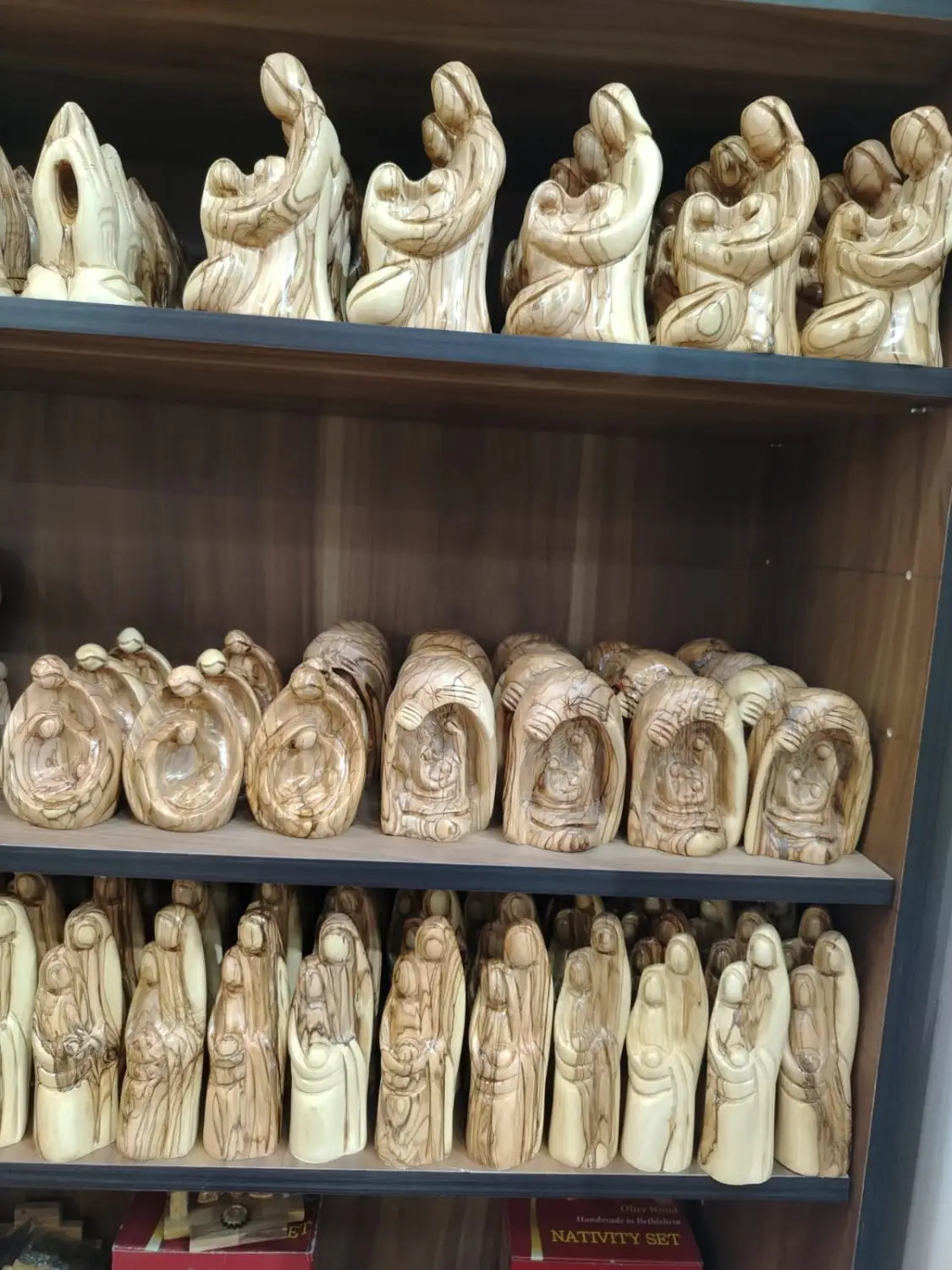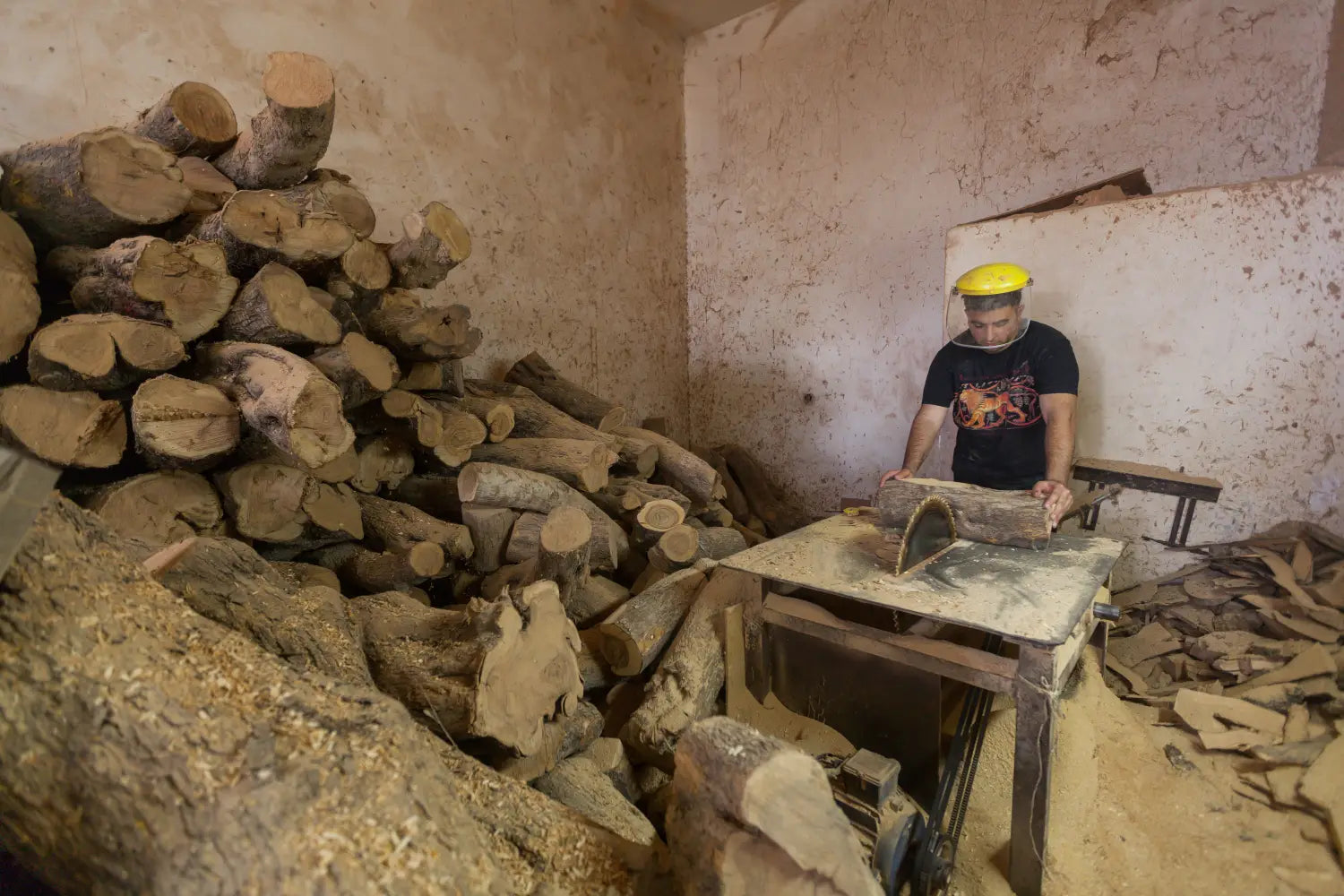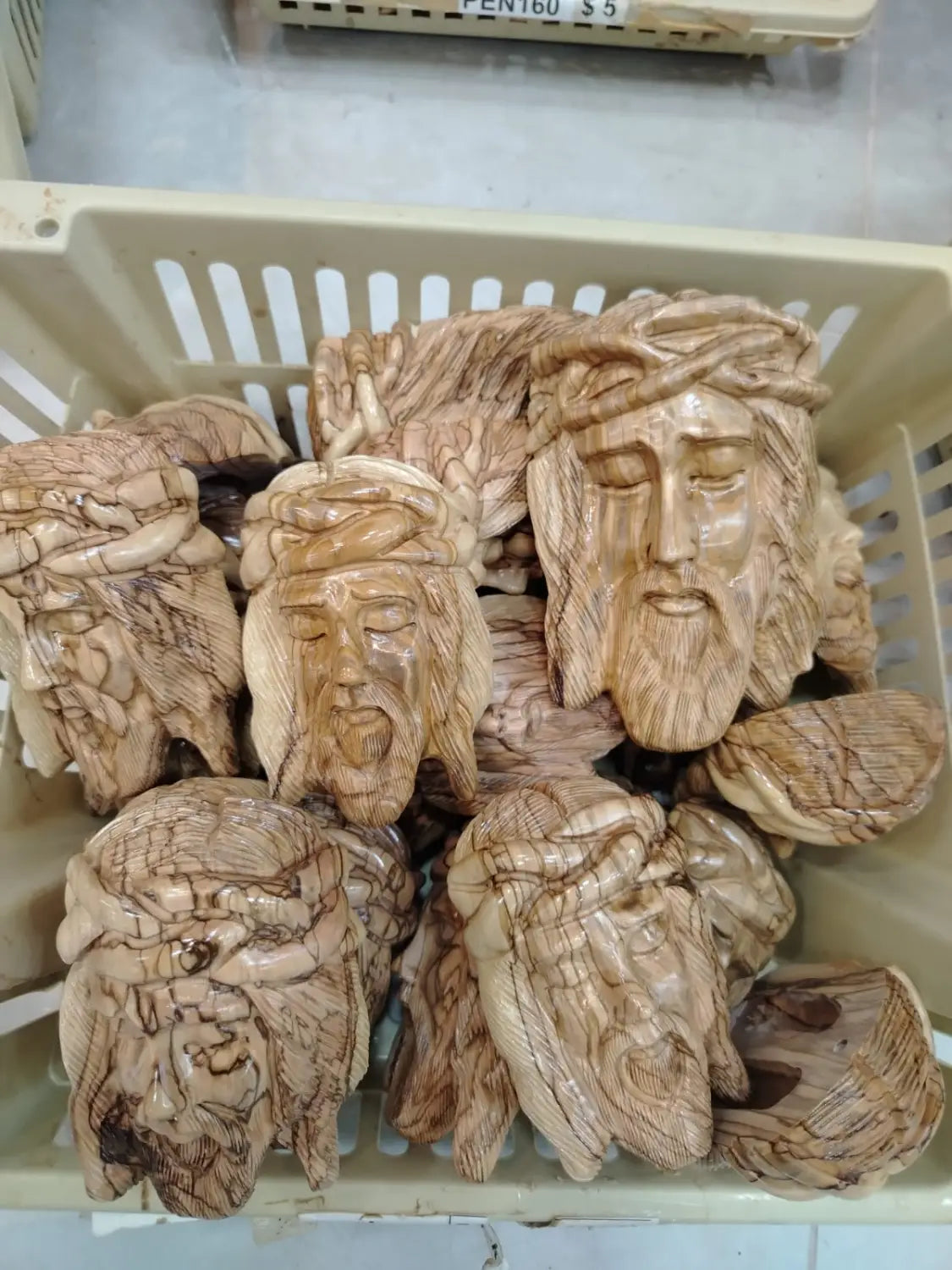How to Tell If Your Olive Wood Carving is Real (or Just a Fancy Knockoff)

A few years ago, a friend came back from a pilgrimage with what he believed was a genuine olive wood cross from Bethlehem . It looked beautiful smooth, polished, detailed. But when I picked it up, something felt off . The weight wasn’t right . The smell was missing. That quiet, sacred charm just … wasn’t there .
Sadly, this happens a lot . As more people search for meaningful keepsakes from the Holy Land, the market gets flooded with fakes some good, some laughably bad .
So how do you really know if the olive wood cross or nativity you bought (or are about to buy) is authentic?
Let’s walk through the signs. Not like a checklist, but more like what to look for the way a local would tell you.

1. Where Did It Come From?
Let’s start with the obvious: location. Real olive wood carvings come from Bethlehem, Beit Sahour, or Jerusalem—mainly from Christian families who’ve been carving this sacred wood for generations.
If the packaging just says “Holy Land inspired” or doesn’t say anything at all… well, that’s not a great sign.
A lot of cheap imitations are made in China or Turkey. They may say “olive wood,” but they weren’t carved anywhere near the Mount of Olives.
If you're buying from a site like Zuluf.com, they’ll usually be very clear about the origin—because it matters.
2. Feel It in Your Hands

Authentic olive wood has a special texture . It’s dense . There’s a weight to it. When you run your fingers across the surface, it feels warm almost like it still remembers the sun that touched the tree it came from .
The grain isn’t uniform. You’ll see swirls and knots, little imperfections, dark streaks next to golden ones. Each piece is different.
Fake ones? They’re too smooth, too perfect. Like they came out of a mold or machine. And if it smells like plastic or has no scent at all… probably not real.
Real olive wood has this faint, earthy aroma. Not strong, but if you bring it close, it’s there.
3. Is It Too Perfect? That’s a Problem.
This might sound weird, but imperfections are a good thing.
Real carvings have quirks. Maybe the eyes on one angel are a little bigger than the other. Or the hem of a robe isn’t completely even. That’s because a person carved it—by hand. Not a factory robot.
Machine-made pieces often look flawless. But they lack soul. They feel cold. There’s no story behind them—just mass production.
4. Look at the Price (but Don’t Be Fooled)
Let’s be real if a nativity set costs $10, it’s not from Bethlehem. Not even close .
Hand carved olive wood takes time, skill, and heritage . It’s not something you can crank out in 20 minutes . So the price usually reflects that .
That said, not every expensive piece is authentic either. Price is one clue, not the whole story.
5. Who’s Selling It?

Reputation matters. A lot.
If you’re buying from a street stand in Rome or a random Amazon seller with no details, it’s hard to know what you’re getting .
But if the seller is transparent if they name the artisans, explain where the wood came from, maybe even show photos of their workshop you’re in better hands .
At Zuluf, for example, you’re not just buying a carving. You’re supporting families in Bethlehem who’ve done this work for decades, even centuries. It’s a living tradition .
6. Extra Signs You’re Holding the Real Thing
-
No two pieces look the same. You might even see little nicks or tool marks—that’s good!
-
The finish is soft, not shiny. If it gleams like plastic, be suspicious.
-
You feel a connection . Sounds cheesy, I know but real olive wood carries a presence with it . It’s subtle, but it’s there .
The Heart Behind the Craft
Every time you hold a real olive wood piece, remember: that tree might’ve stood in Bethlehem for 100 years before it became a cross or a nativity. Someone’s grandfather may have carved something similar. The hands that shaped it probably prayed over it. That’s not something a machine can replicate.
One Last Thought...
If you’re ever in doubt, ask questions. Ask where the wood came from. Who carved it. What village. If the seller can’t answer those, you already have your answer.
And if you want to skip the guesswork? Zuluf.com has been doing this the right way—from the Holy Land, by real people, with real stories behind every piece.














